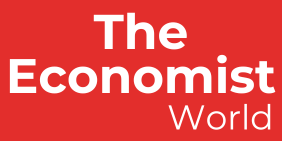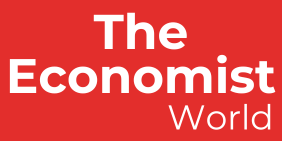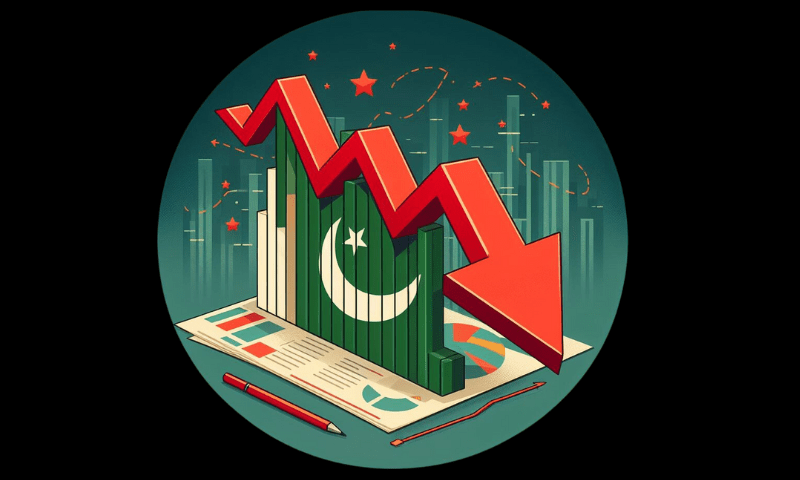• Manila-based lending agency forecasts growth at 2.5pc
• Calls consistent policy key to resilience and inclusive growth
• Says political tensions could undermine business confidence recovery
• Cautions drought and low rainfall may threaten food security
• Sees growth in industry and services with continued monetary easing
ISLAMABAD: With a 2.5 per cent economic growth forecast for the current fiscal year, the Asian Development Bank (ADB) has highlighted several downside risks to Pakistan’s nascent and fragile economic stabilisation and recovery, cautioning against complacency or any deviation from the ongoing IMF programme.
In its annual flagship report, Asian Development Outlook (ADO) April 2025, the Manila-based lending agency projected the South Asian region to remain the fastest-growing sub-region, with growth rates of 6pc in 2025 and 6.2pc in 2026, up from 5.8pc in 2024. India is expected to lead with growth rates of 6.7pc in 2025 and 6.8pc in 2026.
The Asian region as a whole is projected to grow at 4.9pc in 2025 and 4.7pc in 2026 amid slowdown in China due to property crisis and external trade challenge, the report said, adding that the full impact of the higher US tariffs announced on April 2 had not been considered for the ADO.
“Pakistan’s outlook depends largely on the success of ongoing economic reform” under the IMF programme which helped macroeconomic stability, the ADB said, noting the passage of law across four provincial assemblies to make agricultural income taxable as part of strong implementation. “Pakistan still faces substantial vulnerabilities and structural challenges. Consistent policy implementation is thus crucial for building resilience and enabling sustainable and inclusive growth,” the ADB said.
The report pointed out the cost of fiscal consolidation impacting development and increasing debt levels. “The government cut development spending to offset the impact of rising interest payments on total outlays,” it said. Rationalised subsidies and disciplined budget execution reduced non-interest current expenditure from 10.6pc of GDP in FY23 to 9.9pc in FY24. However, interest payments rose from 6.8pc of GDP to 7.7pc, equal to 61pc of total revenue.
“The increase in interest payments was attributable to tight monetary policy and the accumulation of public debt, which grew by 20.3pc annually over the past two years to reach Rs71.2 trillion (67.5pc of GDP) in June 2024,” it said, adding that the rise in interest payments for FY24 was primarily driven by an uptick in interest payments on domestic debt, with domestic borrowing making up 95.5pc of total government borrowing.
“Recovery is projected to continue in the medium term, with growth forecast at 2.5pc in FY25 and 3pc in FY26,” the ADO said, but added that the economic outlook faced significant downside risks.
Talking about these risks, the ADB said an improved external position and a quicker than-anticipated drop in inflation could encourage the government to relax macroeconomic policies, possibly triggering a reemergence of balance-of-payment pressures and jeopardising Pakistan’s hard-earned macroeconomic stability.
Also, deviation from projected fiscal consolidation due to revenue underperformance or pressures from recurrent expenditures could boost government debt, thereby increasing borrowing costs, possibly crowding out private borrowing and undermining exchange rate stability.
“Policy lapses could also jeopardise disbursements from multilateral and bilateral partners, cutting financial inflows and intensifying pressure on the exchange rate,” it said, adding that the ongoing recovery in business confidence might wane if political tensions were to escalate, curtailing private investment and consumption and weakening growth.
Moreover, insufficient rain and the potential for drought could undermine food security, also threatening growth. Externally, the main risks to the outlook stem from a rise in global food and commodity prices and changes in global trade policies that might adversely impact global interest rates and exchange rate stability.
On the positive side, the ADB noted that economic activity in both industry and services will benefit from further monetary easing and ongoing macroeconomic stability. Economic activity will also benefit from a recovery in private investment, strengthened by perceptions of greater economic stability, along with recent and expected future monetary easing and a stable foreign exchange market.
Strong remittance inflows, lower inflation, and monetary easing should support private consumption and growth. The ADB projected average inflation at 6pc in FY25 and 5.8pc in FY26 as predicted by the central bank in its medium-term target range of 5-7pc.
The recent decline in inflation was in line with expectations and mainly driven by a continued moderation in food inflation, stable global oil and commodity prices, moderate domestic demand conditions, and a favorable base effect.
Core inflation, while continuing to ease, is still at an elevated level. “Inflation is expected to rise in the coming months from its recent low, in part from pending reform in the gas sector involving a planned increase in gas prices for captive power plants that will likely raise input costs for these private facilities,” it said.
Published in Dawn, April 10th, 2025


